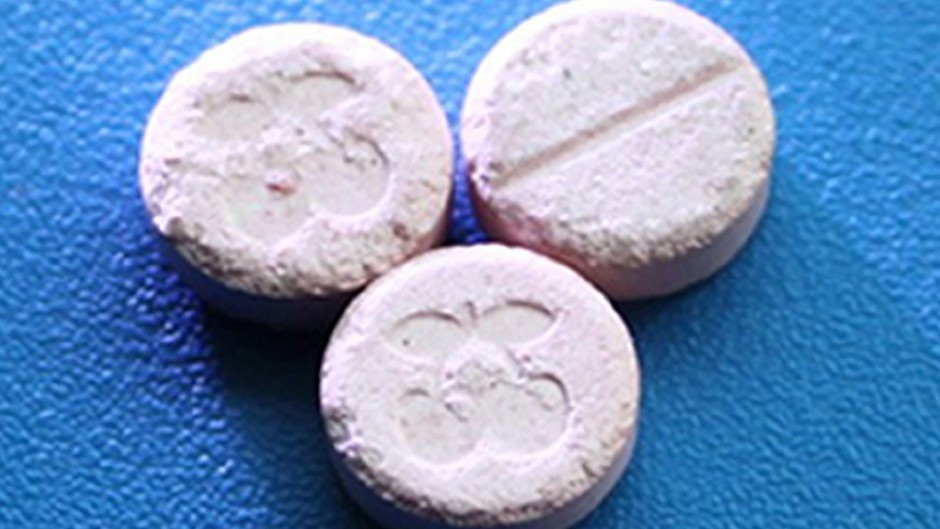Police Scotland has admitted it has no idea how many legal highs are confiscated each year.
Both the force and prison service are unable to confirm the amount of the “potentially lethal” substances seized since 2013.
Last night opposition politicians said the Scottish Government should not be “complacent” when it comes to tackling the problem.
But the government insisted it was a matter for the police and Scottish Prison Service (SPS) – who both said the way the substances were tested and recorded made it impossible for them to keep track.
In response to a freedom of information request, SPS said it currently does not have the correct technology to test for legal highs, also known as New Psychoactive Substances (NPS) and so sends any suspicious item to police for assessment.
A spokesman said: “If we find any substance we suspect to be illegal we submit it to Police Scotland.
“Part of the problem with NPS is that many are not currently illegal.
“It is legal for you to buy them but you are not allowed them in prison.
“We have the power to confiscate these substances but would not know the outcome of results.”
Police said its methods for recording potential recoveries of NPS were not electronic or uniform, making it practically impossible to find out the number seized.
Chief Superintendent Paul Main, head of safer communities, said the police force was doing all it could to tackle the scourge of NPS.
He added: “We currently record all seizures of NPS, or those purporting to contain controlled drugs, utilising a variety of different mechanisms depending on the circumstances surrounding the incident.”
Last night North East MSP Alex Johnstone questioned why there was not a centralised database and said more needs to be done to tackle the issue.
He said: “Police Scotland is doing its best to battle this issue on the ground, but it urgently needs to put a strategy in place to detail exactly how many of these substances are in circulation.
“You would think that the single force would have a centralised database listing how many of these drugs have been seized at the point of arrest or even through stop and search.
“Right across Scotland people are getting their hands on these potentially lethal drugs, and there’s very much a feeling in our communities that we are powerless to do anything about it.
“The Scottish Government has made some good progress so far in tackling the scourge of ‘legal highs’, but it’s clear that it cannot be complacent.”
The latest figures show NPS were present in an increasing number of deaths in 2013, with 108 recorded in total, while charities have also warned about their increasing use.
Chief Superintendent Paul Main, Head of Safer Communities said: “Police Scotland is committed to Keeping People Safe and tackling the issues associated with New Psychoactive Substances (NPS).
“The term ‘legal highs’ is misleading and creates the perception of safety, particularly to young people. There is no safe way to take NPS, there is always a risk. The only way of staying safe is to avoid NPS altogether.
“Police Scotland is presently working in partnership with COPFS, Scottish Government and other Criminal Justice partners, in the UK and across Europe, to tackle the challenges presented by NPS in advance of legislation being formulated by the UK Government.
“Police Scotland has driven the response to tackling NPS, which currently lacks a legal definition and created a unit dedicated to both prevention and enforcement.”
The Scottish Government’s record on tackling the problem of NPS use in Scotland will be debated at Holyrood later today.
